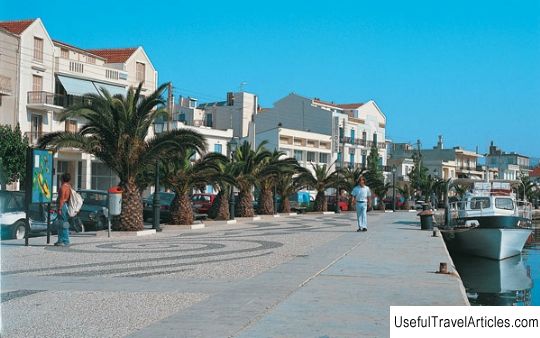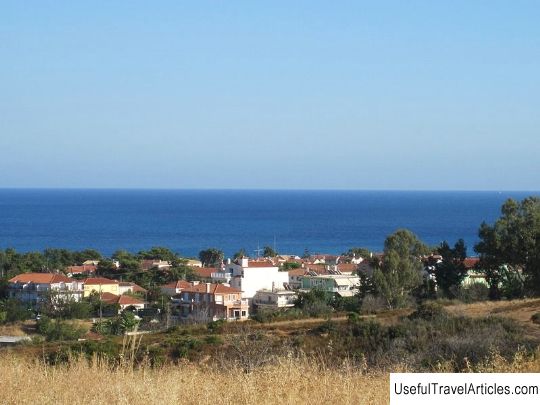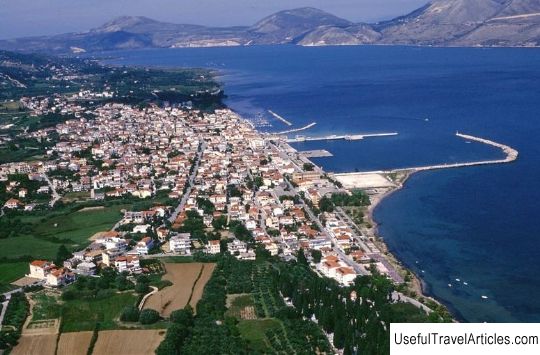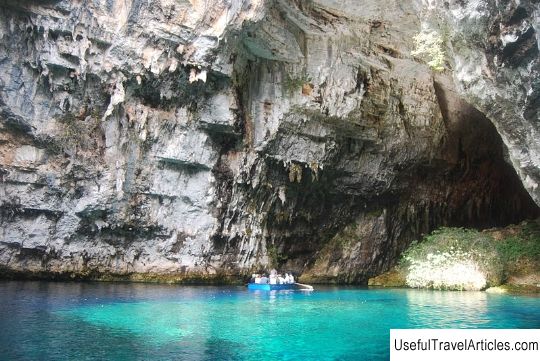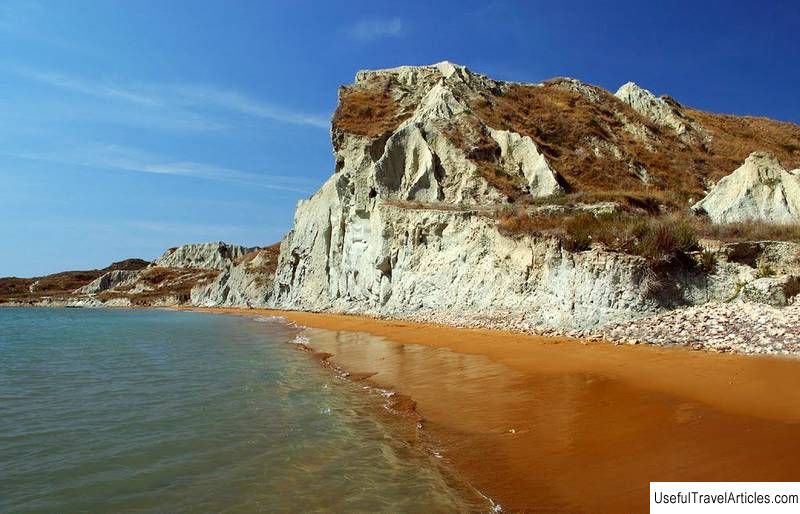Archaeological Museum of Argostoli description and photos - Greece: Kefalonia Island
Rating: 7,9/10 (2094 votes) 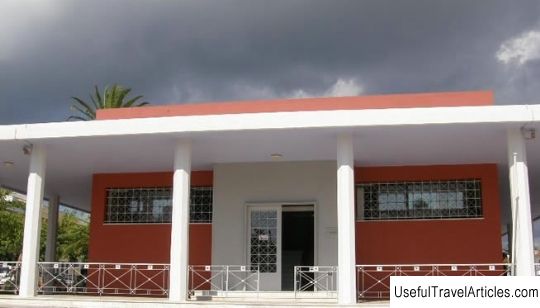
Archaeological Museum of Argostoli description and photos - Greece: Kefalonia Island. Detailed information about the attraction. Description, photographs and a map showing the nearest significant objects. The name in English is Archaeological Museum of Argostoli. Photo and descriptionOne of the main attractions of the capital of Kefalonia, Argostoli, is a very interesting Archaeological Museum. It is located near the central square of the city. The museum displays artifacts found during archaeological excavations on the island of Kefalonia, from prehistoric times to the Roman era. The museum also has an excellent collection of Mycenaean finds. The building in which the museum is located today was built in 1960 by the famous Greek architect Patroklos Karantinos. The old museum was destroyed in 1953 during a strong earthquake. The Archaeological Museum has three exhibition galleries. The collection of the Archaeological Museum contains numerous ceramic and bronze items, sculptures and figurines, jewelry, household utensils, coins, weapons, various funerary artifacts and much more. Among the most important exhibits of the museum are the magnificent Mycenaean amphora in the form of a conical bowl decorated with shaded triangles and jewelry made of a twisted golden spiral. These relics were found in the Mycenaean cemetery of Lakkithra and date back to the 12th century BC. A large painted vase with two handles and a bronze brooch from the Diakata cemetery (both finds date back to the 12th century BC) also represent a special place in the exhibition. Other interesting artifacts include the bronze head of a statue from the Roman period, fragments of a mosaic floor from the Temple of Poseidon (2nd century BC), tombstones (3rd century BC), a unique collection of ancient coins and archival photographs from excavations in 1899 in Sami. In April 2010, after a large-scale restoration, the Archaeological Museum reopened its doors to visitors. Today it is one of the best museums in the Ionian Islands.         We also recommend reading Agora description and photos - Turkey: Side Topic: Archaeological Museum of Argostoli description and photos - Greece: Kefalonia Island. |
